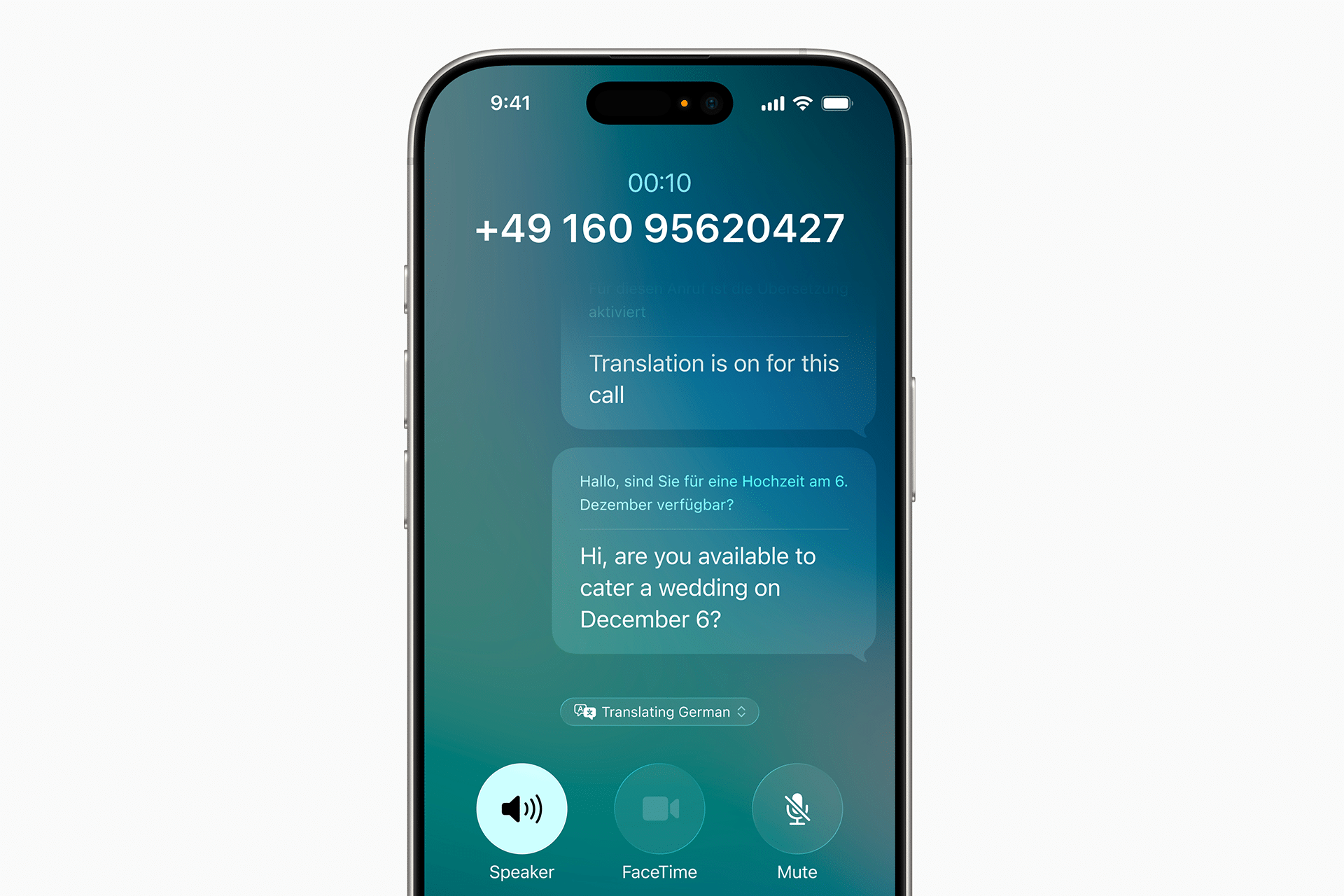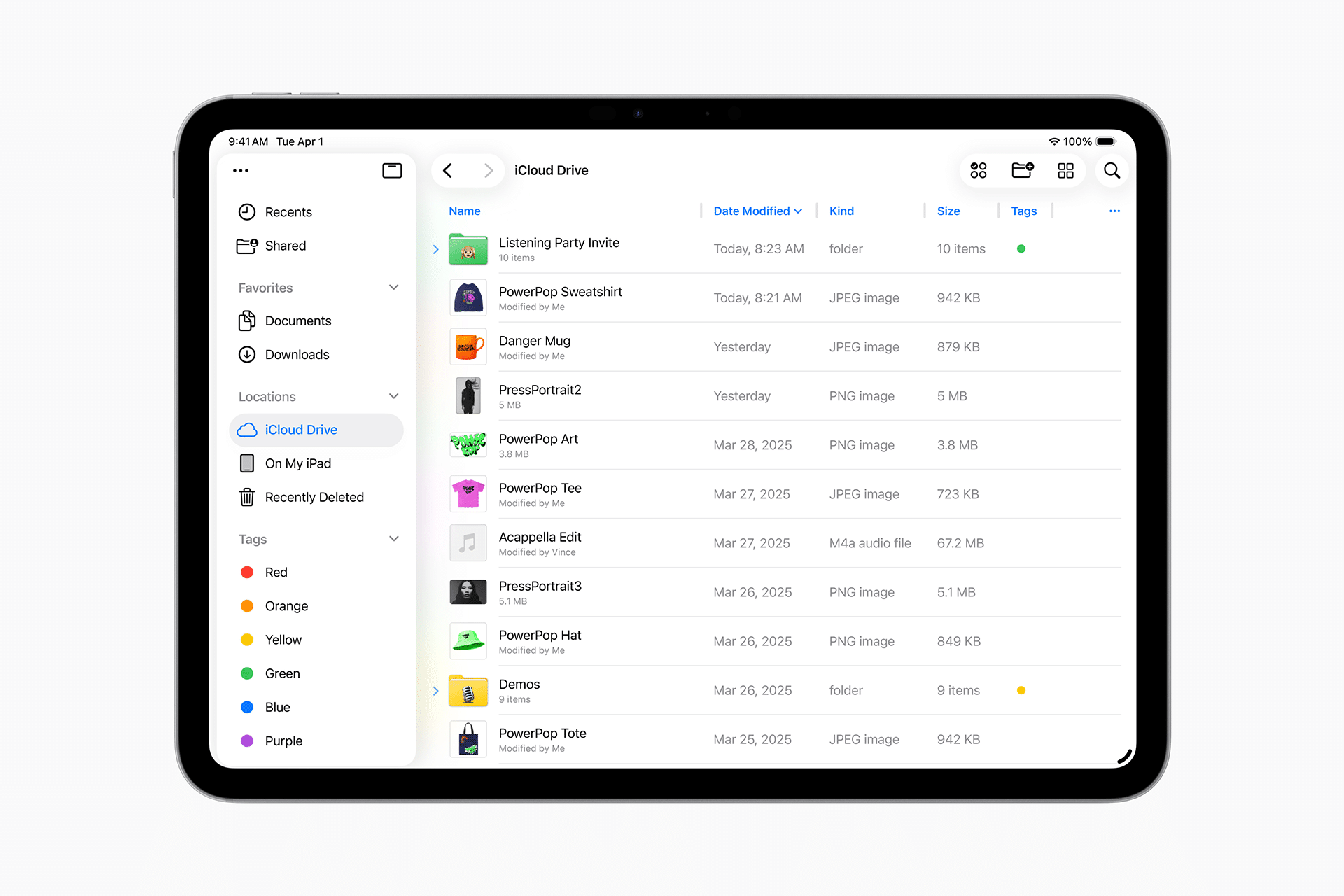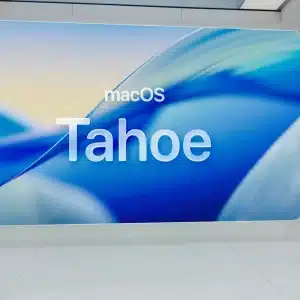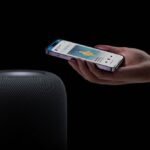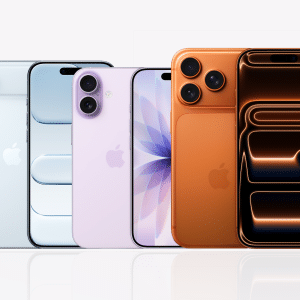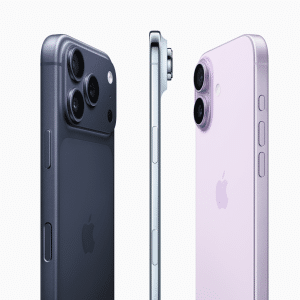The updates, set to launch this fall, align all Apple operating systems—iOS, iPadOS, macOS, watchOS, and visionOS—under a unified naming convention tied to the year following release, starting with 2026. This overhaul, headlined by the sleek Liquid Glass interface, aims to refresh the user experience while delivering practical tools like live translation, enhanced multitasking, and smarter apps. Here’s what’s coming and why it matters for iPhone and iPad users.
Is Your Device Ready?
Before diving into the features, check if your device supports iOS 26 or iPadOS 26. Apple’s compatibility list, per their official WWDC announcement, includes iPhones from the iPhone 12 series onward and iPads from the 7th-generation iPad, iPad Air 3, and iPad Pro 2018 models or newer. Older devices may struggle with the new graphical demands of Liquid Glass, which requires robust processing power for its dynamic animations. To confirm compatibility, visit Apple’s support page for a detailed list.
How to Try the Beta
Want to test iOS 26 or iPadOS 26 early? Apple’s public beta program typically opens in July, accessible via the Apple Beta Software Program website. Sign up with your Apple ID, enroll your device, and download the beta profile. Be warned: betas can be buggy, potentially affecting performance or data. Back up your device fully before installing, and avoid using betas on primary devices if stability is critical. Official release is slated for September 2025, per Apple’s standard fall rollout.
Why the Jump to 26?
Apple’s naming shift to iOS 26 and iPadOS 26 skips several numbers from iOS 18 to align with the 2026 calendar year, mirroring automotive naming conventions. This change, confirmed by Apple’s WWDC keynote, streamlines branding across its platforms. It’s not about missing updates but about clarity—tying each OS to its post-launch year. Expect macOS 26, watchOS 26, and visionOS 26 to follow suit, creating a cohesive ecosystem identity.
iOS 26: A Visual and Functional Leap
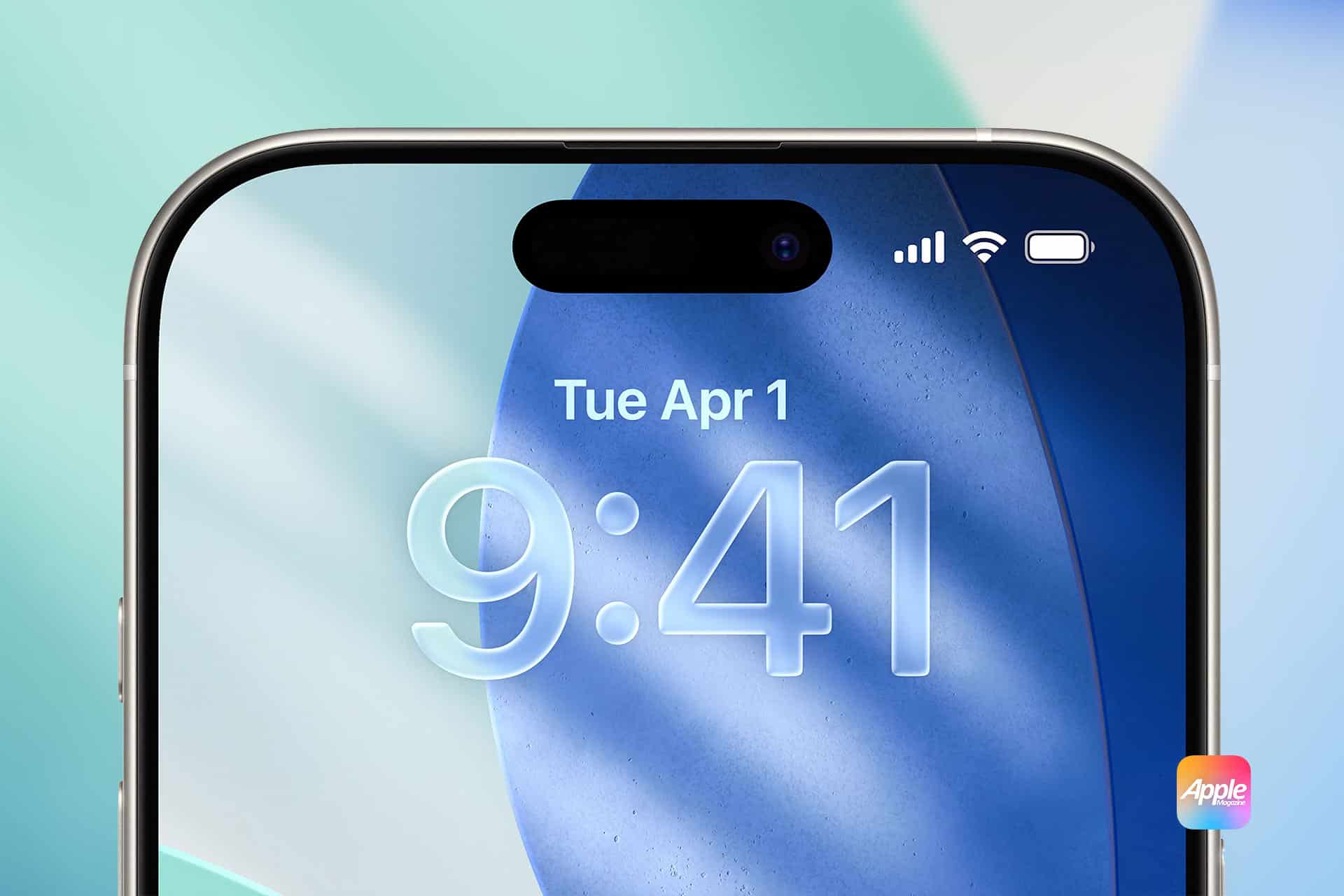
Liquid Glass Redefines the iPhone
The star of iOS 26 is Liquid Glass, a design language that transforms the iPhone’s interface with a translucent, glass-like aesthetic. App icons shimmer with specular highlights that shift as you tilt your device, and animations feel fluid, like sliding a pane of glass. Bloomberg reported that Apple drew inspiration from early 2000s interfaces like Windows Aero but modernized it with bouncy transitions akin to Android 16. Users can opt for “Clear” app icons for a full glass effect or stick with tinted icons from iOS 18. Apple claims no hit to battery life or performance, thanks to optimized rendering on A14 Bionic chips and later.
The lock screen gets a dynamic upgrade. Time stretches behind photo subjects for a 3D depth effect, and notifications nudge subjects upward to avoid overlap. The Photos app now converts 2D images into 3D for lock screen use, adding a layer of immersion without extra hardware.
Smarter Calls and Messaging
iOS 26 borrows from Google’s playbook with Call Screening, which auto-answers unknown callers and displays their reason for calling before you decide to pick up. Hold Assist lets you step away during long hold times, notifying you when a live agent connects. Reuters noted this mirrors Google’s Hold for Me but integrates seamlessly with Apple’s ecosystem. Both features extend to Messages and FaceTime, with an “Unknown Senders” tab to filter spam or approve contacts.
Live Translation steals the show, offering real-time audio and text translation in Messages, Phone, and FaceTime. Supporting English, French, German, Portuguese, Spanish, Chinese, and Japanese, it works on-device for privacy and even translates Android users’ messages. For example, a French speaker’s text in Messages appears translated in your bubble, while FaceTime subtitles conversations instantly. The Phone app’s new UI prioritizes favorites and recent calls, with a toggle to revert to the classic layout.
Visual Intelligence Expands
Building on Apple Intelligence, Visual Intelligence now analyzes your iPhone screen. Take a screenshot, and it suggests actions—like adding an event from an invitation to your calendar or searching for a highlighted item via Google or apps like Etsy. This rivals Google’s Circle to Search, making your iPhone a context-aware assistant. Screenshots don’t need to be saved, keeping your Photos app clutter-free.
Group Chats and Emoji Get Fun
Group chats in iMessages gain typing indicators and polls, plus customizable background textures. Genmoji lets you blend two emojis in Messages or the Image Playground app, similar to Google’s Emoji Kitchen. It’s a small but playful addition for expressive texters.
A Dedicated Games App
The new Games app centralizes your App Store purchases, supports mobile controllers, and offers leaderboards for single-player challenges. It’s a hub for discovering games and seeing friends’ activity, streamlining the gaming experience on iPhone.
Other Notable Upgrades
- Photos: Tabs for Library and Collections return, addressing user complaints about navigation.
- Camera: A simplified UI splits Photo and Video modes, expanding as you swipe.
- Reminders: Apple Intelligence suggests tasks from emails and texts, with auto-categorized lists.
- AirPods: H2-chip AirPods enable HD audio recording and video triggers via stem presses.
- Maps: Learns your routes, warns of delays, and tracks visited places (opt-in).
- Music: AutoMix blends songs like a DJ, and lyrics now show translations.
- Wallet: Digital US passports work at TSA checkpoints and in apps.
- CarPlay: Live Activities show flight updates or Messages reactions.
iPadOS 26: Closer to a Laptop
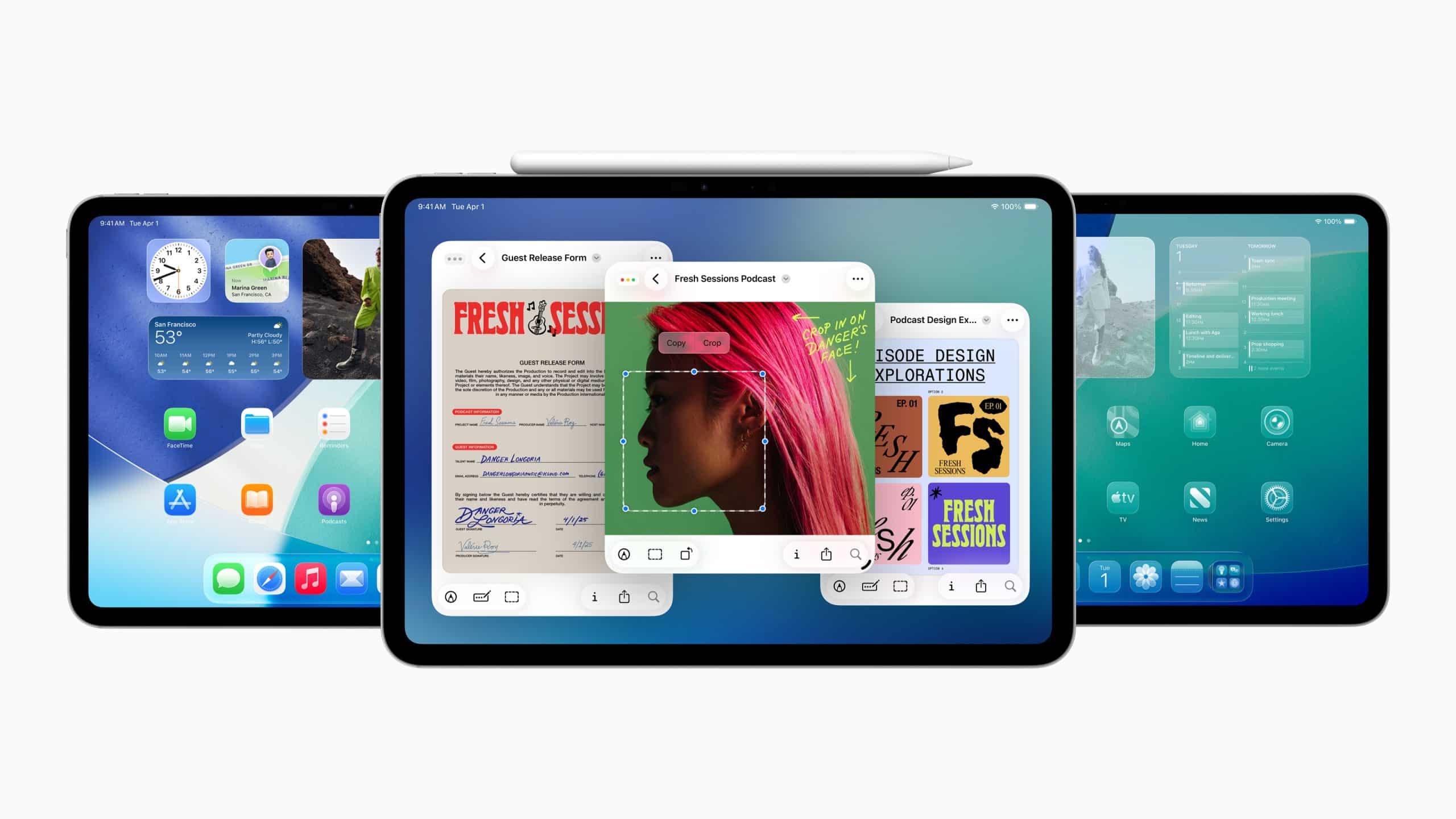
Multitasking That Means Business
iPadOS 26 tackles multitasking woes with resizable, windowed apps, bringing iPad closer to a desktop experience. Drag corners to resize apps, tile them in halves, thirds, or quarters, or use macOS-style traffic light buttons for quick arrangements. Swipe up for Exposé mode to manage app groups, and a pull-down menu bar offers app-specific options. Background tasks, like rendering in Final Cut, now run without keeping apps open, a game-changer for pros. TechCrunch reported that these changes respond to years of user demand for laptop-like flexibility.
Files and Preview Apps Evolve
The Files app sports resizable columns, collapsible folders, and customizable colors or emojis for quick identification. Set default apps for file types and dock folders for fast access. The macOS Preview app arrives on iPad, supporting PDF and image editing with Apple Pencil integration for signing or sketching.
iPad-Specific Additions
- Phone App: Answer iPhone calls on iPad, with live translation and call screening.
- Journal: Now on iPad with Apple Pencil support for handwritten entries.
- Audio: Choose specific microphones for apps, ideal for external mic users.
- Notes: Record and transcribe Phone app conversations.
iOS 26 and iPadOS 26 blend style and substance. Liquid Glass makes daily interactions visually engaging, while features like live translation and windowed apps solve real user pain points—communicating across languages and working efficiently. By aligning naming and enhancing cross-device consistency, Apple strengthens its ecosystem. These updates don’t just iterate; they push iPhones and iPads toward more intuitive, versatile tools for tech enthusiasts and casual users alike. Expect the full release this fall, with betas available soon.


